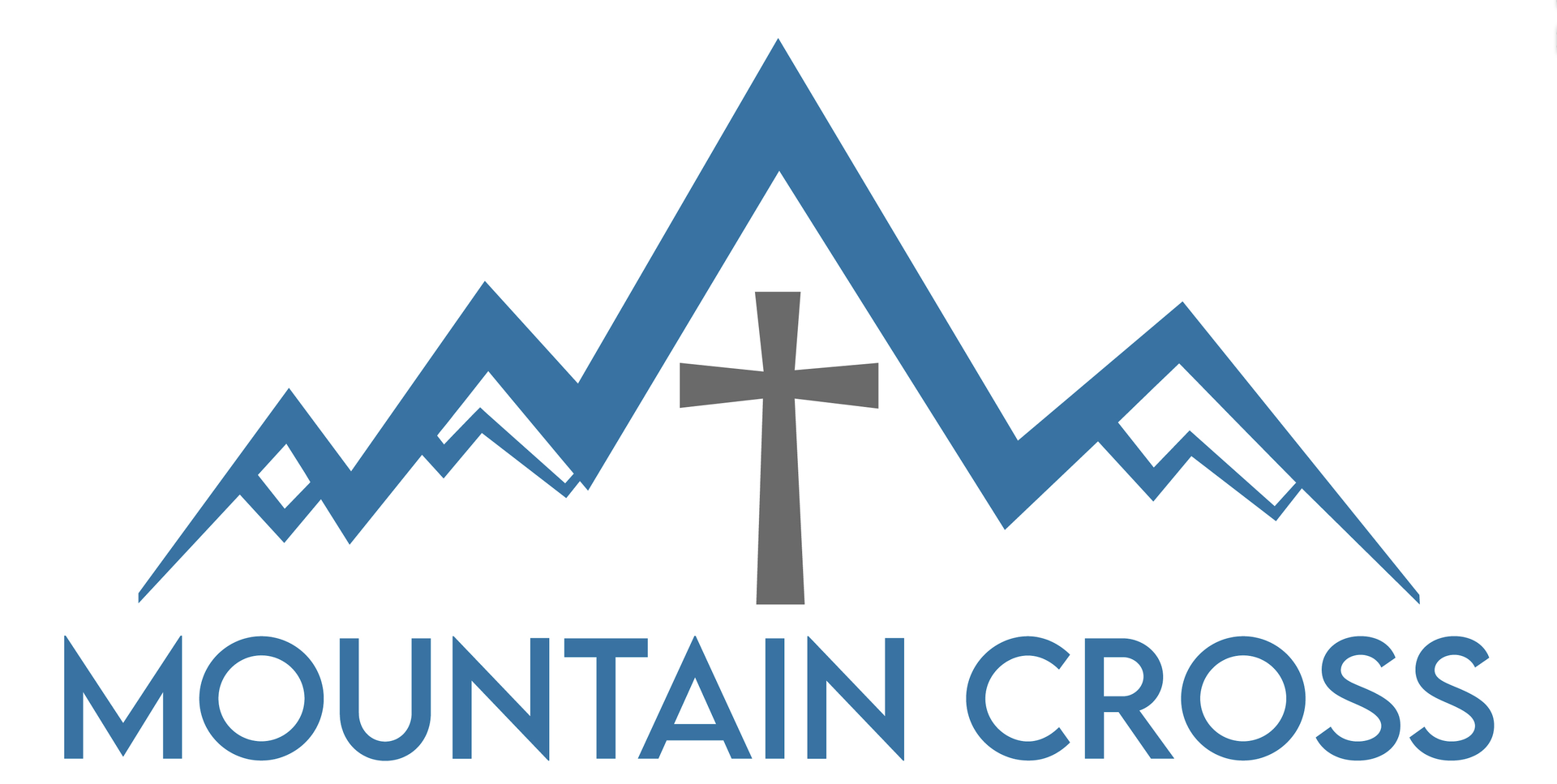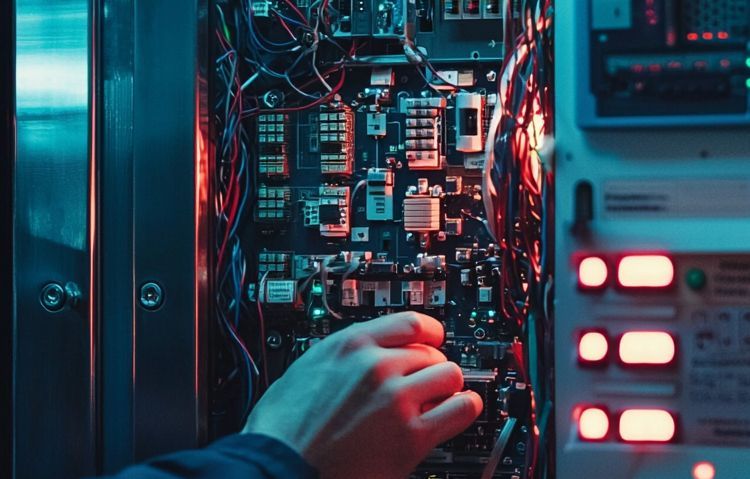Services
Advanced Elevator Control System Consulting: Maximizing Building Efficiency Through Expert Solutions
In a well‑run building, elevators aren’t just a convenience — they’re part of the heartbeat of daily operations. When they run smoothly, people barely notice them. When they don’t, everyone does.
That’s where we come in. Our consulting team helps property owners cut operating costs by as much as 40%, while making rides safer and more reliable through advanced monitoring and control solutions.
We bring decades of hands‑on experience to the table, blending it with the latest technology to evaluate your current systems, uncover hidden inefficiencies, and design upgrades that fit your building’s unique needs — and meet every relevant safety standard.
Today’s high‑demand environments call for smarter, faster, and greener elevator systems. We specialize in control solutions that slot neatly into your existing setup, offering real‑time performance tracking, predictive maintenance alerts, and a smoother ride for everyone from the lobby to the penthouse.
Advanced Elevator Control System Consulting: Optimizing Efficiency, Safety and Performance
Step into any busy high‑rise and you’ll notice it: the quiet choreography of elevators moving people where they need to be. When that flow is seamless, the whole building feels more alive. When it’s not, frustration builds fast.
That’s why we focus on more than just the mechanics. Our team blends decades of hands‑on experience with the latest control technologies to fine‑tune every aspect of your vertical transportation. We look at how your system performs in the real world — not just on paper — and find ways to make it faster, safer, and more energy‑smart.
From meeting strict safety codes to hitting ambitious
sustainability targets, we help you get the most out of your investment. The result? Elevators that feel effortless to ride, yet work harder behind the scenes to keep your building running at its best.
The Role of Elevator Consultants in Modern Vertical Transportation
In a busy building, elevators quietly set the pace of daily life. When they’re running smoothly, people barely think about them. But the moment something slows them down, everyone notices.
That’s where we come in. As elevator consultants, we take a hands‑on, practical look at how your systems are performing in the real world — not just on paper. We combine detailed performance checks with data‑driven analysis to uncover where improvements can be made. This gives building managers the clarity they need to make smart, cost‑effective decisions about upgrades and modernization.
Because we work at the crossroads of technology and operations, we bring both technical expertise and industry insight to every project. We don’t believe in one‑size‑fits‑all solutions — instead, we work closely with your team to design strategies that fit your building’s unique traffic patterns, operational challenges, and long‑term goals.
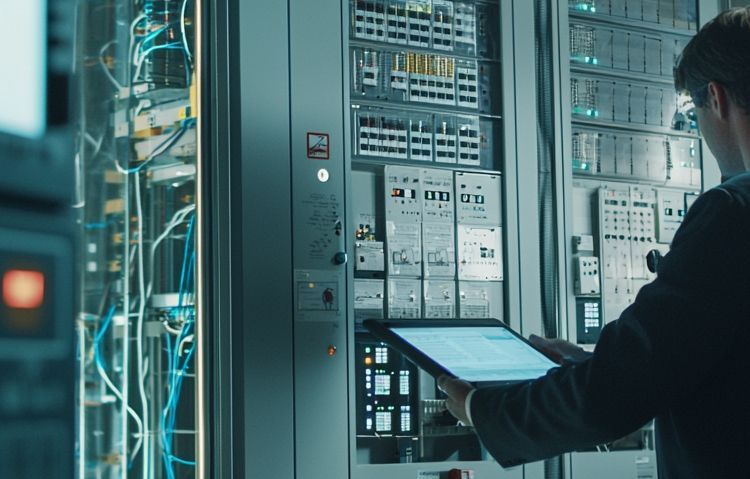
Our consulting services include:
- Traffic flow analysis and optimization — cutting wait times and improving ride efficiency
- Control system specification and selection — matching the right technology to your needs
- Modernization planning and oversight — ensuring upgrades are smooth, timely, and compliant
- Performance monitoring and reporting
Key Benefits of Advanced Elevator Control Systems
Modern elevator control systems do more than just move people from one floor to another — they actively shape the flow and efficiency of an entire building. By using intelligent dispatching algorithms and real‑time traffic management, these systems can cut average wait times by as much as 30%, making daily travel smoother for everyone.
Some of the most valuable advantages include:
- Predictive maintenance that spots potential issues before they cause disruptions
- Lower energy consumption, reducing both costs and environmental impact
- Improved passenger flow, even during the busiest hours
- Enhanced ride comfort through smoother acceleration and stopping
- Reduced downtime, keeping elevators in service when they’re needed most
Smart destination dispatch technology groups passengers heading to the same or nearby floors, boosting handling capacity during peak periods. Meanwhile, real‑time monitoring gives building teams the ability to respond instantly to performance concerns, preventing minor hiccups from turning into extended outages.
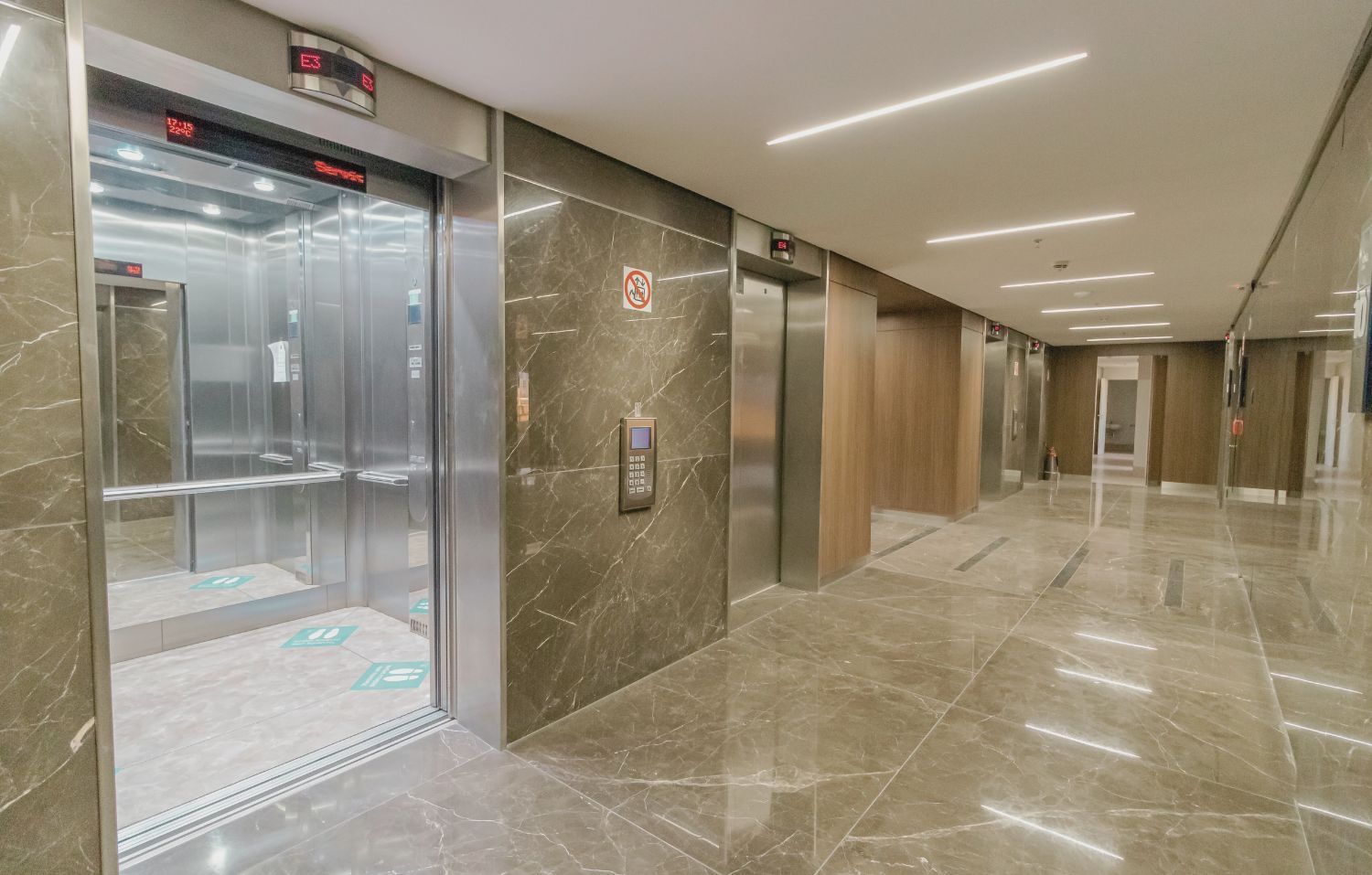
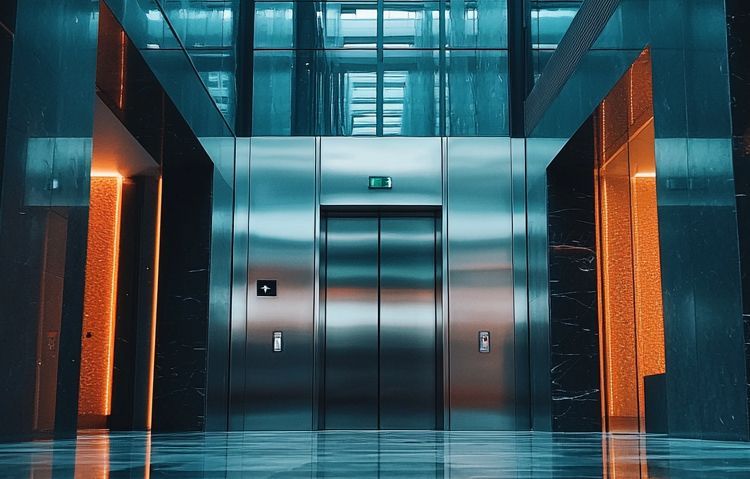
Safety and Regulatory Compliance Strategies
Passenger safety is at the heart of every system we design and maintain. We go beyond the minimum requirements, building in layers of protection that anticipate potential risks before they become problems.
Our approach includes multiple, redundant safety features such as:
- Emergency brake monitoring to ensure stopping systems engage instantly when needed
- Door operation safety systems that prevent accidental closures and detect obstructions
- Overload detection to stop operation when weight limits are exceeded
- Power failure backup systems that keep passengers safe and calm during outages
We don’t just install these safeguards and walk away. Regular, in‑depth safety audits keep every component in line with
ASME A17.1 codes and all applicable local regulations. This ongoing oversight means your elevators remain compliant, reliable, and ready to perform — no matter the circumstances.
Energy Efficiency and Sustainability Initiatives
Energy efficiency isn’t just a cost‑saving measure — it’s a cornerstone of sustainable building management. Modern smart power management systems can cut elevator energy use by 20–40% compared to older control setups, delivering both environmental and operational benefits.
Our approach includes practical, high‑impact upgrades such as:
- LED lighting retrofits for brighter, longer‑lasting illumination with lower power draw
- Sleep mode optimization to reduce idle energy use during off‑peak hours
- Regenerative drive systems that capture and reuse energy generated during operation
- Power factor correction to improve electrical efficiency and reduce utility costs
These measures not only keep systems running at peak performance but also support LEED certification goals and other sustainability benchmarks.
We also design energy‑smart control strategies — from managing peak‑period demand to automatically zoning floors based on real‑time usage patterns — ensuring that every trip is as efficient as possible without compromising passenger comfort.
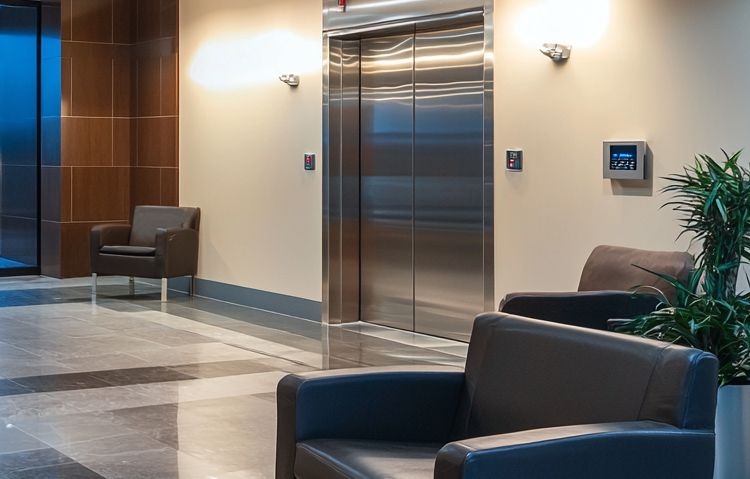
Still searching for "Elevator Consultant Near Me?"
Look no further! Call us at
(224) 500-0321 to get started
Comprehensive Assessment, Modernization, and Maintenance Strategies
Getting the most out of an advanced elevator control system isn’t just about installing the latest technology — it’s about planning, fine‑tuning, and caring for it over the long term. Strategic assessment at the outset ensures every component is working in harmony, while modernization efforts keep the system aligned with evolving building needs and industry standards.
By combining modern technologies with data‑driven insights, we can pinpoint exactly where performance can be improved, whether that’s reducing wait times, improving ride comfort, or extending equipment life. Every upgrade and maintenance plan is designed with safety as the top priority, ensuring compliance with the strictest codes while delivering reliable, efficient service day after day.
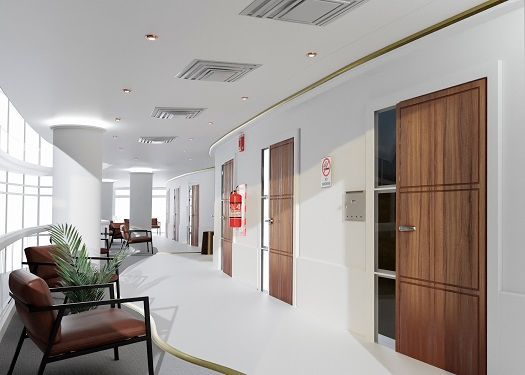
Elevator System Assessments: Condition Analysis and Performance Audits
A thorough elevator assessment starts with a close look at the parts that matter most. Using specialized diagnostic tools, we examine critical mechanical and electrical components to understand exactly how the system is performing in day‑to‑day operation.
Key performance indicators — such as door opening and closing times, floor‑to‑floor leveling accuracy, and patterns in energy use — are measured and compared against industry benchmarks. Safety mechanisms receive particular attention, with in‑depth testing of emergency brakes, communication systems, and backup power supplies to ensure they’ll respond instantly when needed.
We also document wear patterns and potential failure points through a combination of detailed visual inspections and sensor‑based data analysis. Multiple test cycles are run to establish a reliable performance baseline, giving us a clear picture of current efficiency levels.
Our final reports provide documented evidence of:
- Motor and drive system effectiveness
- Control logic response times
- Power quality measurements
- Acceleration and deceleration profiles
This approach ensures building owners have a complete, data‑driven understanding of their elevator systems — and a clear path toward targeted improvements.
Tailored Modernization and Upgrade Solutions
Every building has its own rhythm — from the morning rush to the quiet hours late at night — and its elevator systems should be tuned to match. That’s why we create modernization plans built around the specific requirements of your property and the unique traffic patterns of its occupants.
Our upgrades often include energy‑efficient drives and intelligent controllers designed to cut operational costs without sacrificing performance. We prioritize components for replacement or enhancement based on:
- Safety impact — ensuring passenger protection remains the top priority
- Energy savings potential — targeting the biggest efficiency gains first
- Maintenance history — addressing recurring trouble spots
- Parts availability — minimizing downtime during upgrades
- Return on investment — delivering measurable value over time
Modern control systems with destination dispatch algorithms can trim wait times by as much as 30%, improving flow during peak hours. We also integrate regenerative drives that capture braking energy and feed it back into the building’s power grid — turning everyday operation into a source of energy savings.
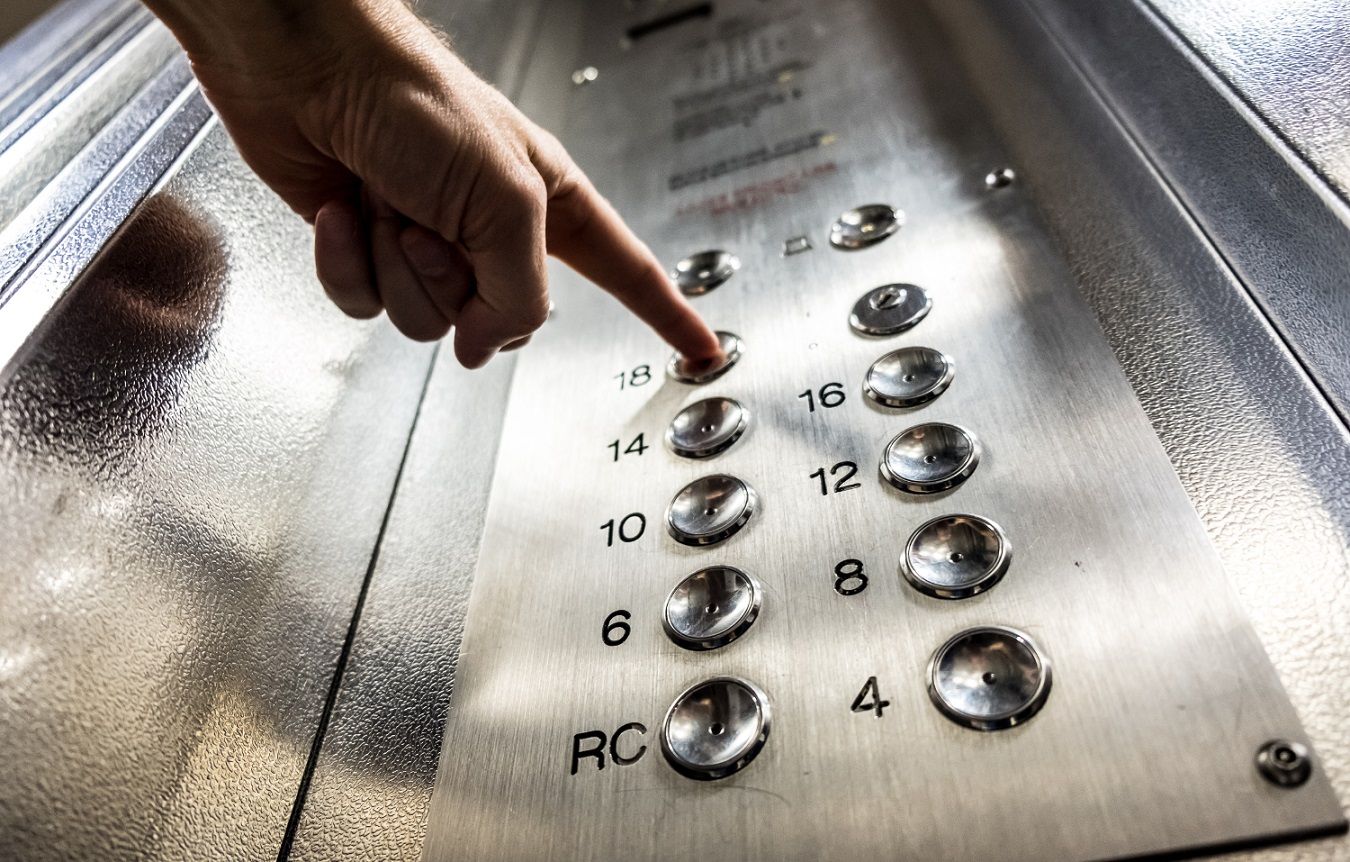
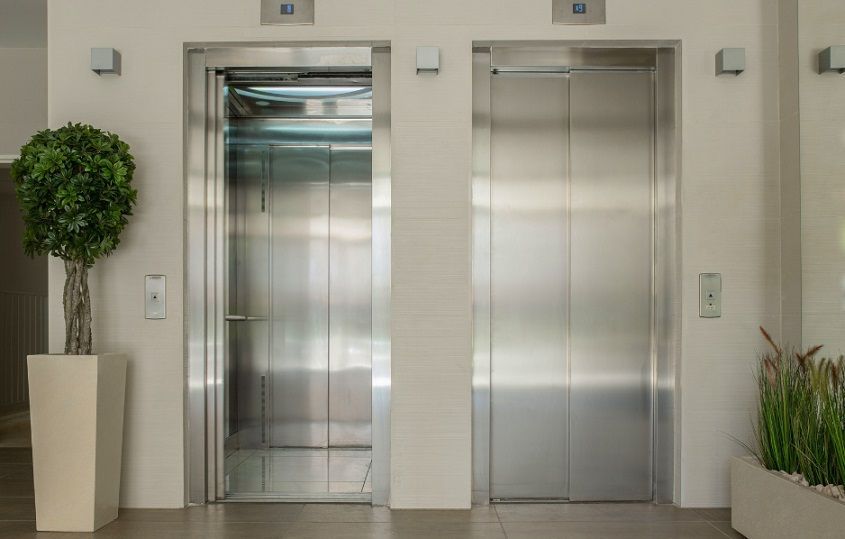
Predictive Maintenance and Remote Monitoring Approaches
Keeping elevators running smoothly isn’t just about fixing problems when they happen — it’s about spotting them before they do. Our remote monitoring systems continuously collect real‑time performance data, giving us an early warning when something starts to drift out of spec.
Smart sensors keep a constant watch on critical components, automatically alerting technicians the moment readings move beyond normal operating ranges. By layering in machine learning analysis, we can recognize subtle patterns in operation and predict when maintenance will be needed — often weeks before a fault would occur. This proactive approach has been shown to cut unplanned downtime by as much as 25%.
We focus on key indicators that reveal the true health of the system, including:
- Motor current signatures that highlight electrical or mechanical strain
- Door operation cycles to track wear and ensure smooth, safe movement
- Temperature variations that can signal overheating or component stress
- Vibration patterns that point to alignment or bearing issues
The result is a maintenance strategy that’s not just reactive, but intelligent — keeping passengers moving and systems performing at their best.
Integrating Building Management Systems and Traffic Analysis
When elevators and building management systems work together, the whole property runs more smoothly. Linking the two means you can see — and control — everything from one place, whether it’s elevator dispatch, lighting, or climate control.
We use traffic analysis tools to watch how people move through the building over the course of a day. That data isn’t just numbers on a screen — it tells a story about when and where demand spikes. With it, we can fine‑tune elevator dispatch so cars are in the right place at the right time.
Our adaptive algorithms respond to real‑world conditions, adjusting for:
- Busy morning and evening rush hours
- Shifts in tenant occupancy over time
- One‑off events that change traffic flow
- Weather that keeps people indoors or sends them outside
By tying elevator controls into access systems, we can secure floors, track usage, and make sure only authorized passengers reach certain areas. And because managers can see live performance updates on their phones, they can make quick decisions without waiting for a report.
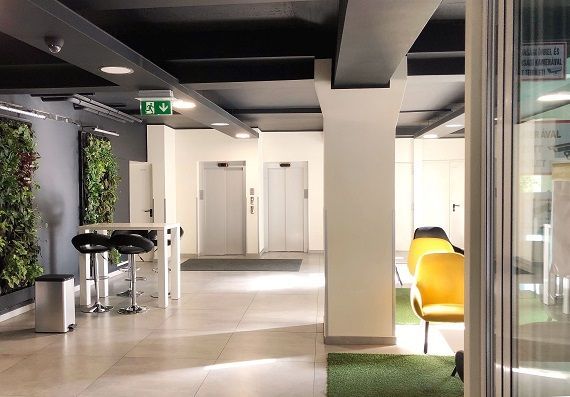
Frequently Asked Questions
Building managers and property owners frequently seek expert guidance on elevator control system improvements to maximize efficiency, safety, and performance. Our consulting team addresses these crucial concerns with proven solutions and technical expertise.
How can advanced elevator control system consulting improve elevator efficiency?
Elevator efficiency isn’t just about speed — it’s about moving people with the least amount of wasted time and energy. Advanced control systems make this possible by using destination dispatch algorithms and real‑time monitoring to study how passengers use the building. With that insight, the system can direct riders to the most suitable car, cutting wait times and easing congestion during peak hours.
Smart scheduling also plays a big role. By reducing unnecessary stops and starts, it not only speeds up travel but also lessens wear on motors, doors, and other mechanical components — extending the life of the equipment.
Our consulting process pinpoints where these technologies can have the biggest impact. We design and oversee upgrades so they integrate smoothly with your existing setup, ensuring day‑to‑day operations continue without disruption while efficiency steadily improves.
What safety enhancements can be implemented in an existing elevator system?
Modern safety features include advanced door sensors that prevent closure when obstacles are detected. Emergency communication systems provide instant two-way contact with emergency services.
Advanced braking systems and improved leveling accuracy ensure smooth stops at floor levels.
Regular safety assessments help identify potential issues before they become problems.
What are some energy-efficient upgrades that can be made to an older elevator control system?
LED lighting systems with motion sensors reduce energy consumption when elevators are idle.
Regenerative drives capture energy during descent and feed it back into the building's electrical system.
Variable frequency drives optimize motor speed and reduce power usage during operation.
How does regulatory compliance impact elevator modernization projects?
Current safety codes require specific features like emergency lighting and communication systems. We ensure all upgrades meet ADA accessibility requirements and local building codes.
Code compliance often drives modernization timelines and component selection.
Our team stays current with regulatory changes to guide modernization planning effectively.
What technologies are used in modern elevator control systems to optimize user experience?
Touch-free hall calls and smartphone integration allow contactless operation. Digital displays provide real-time system status and estimated arrival times.
Traffic management algorithms reduce wait times during peak usage periods.
In what ways can Mountain Cross Consulting assist with elevator system assessments?
We perform detailed component analysis and performance testing to evaluate system health. Our team measures energy consumption patterns and identifies efficiency opportunities.
We create customized modernization plans based on building usage patterns and requirements.
Technical documentation reviews ensure proper maintenance procedures are in place.
Start Your Elevator System Transformation Today
Ready to improve performance, safety, and reliability? Whether you're planning a full modernization, upgrading key components, or navigating complex code requirements, we’re here to help. From first assessment to final sign-off, we’ll walk you through each step—clearly, efficiently, and with your goals in mind.
Ready to Optimize Your Elevator Control System?
Contact Mountain Cross Consulting today to discuss your elevator control system requirements. Let us help you enhance efficiency, boost safety, and stay ahead of regulatory standards. Schedule a consultation to start transforming your elevator systems now!
Elevate Your System with Mountain Cross Consulting—Connect with Our Experts Today!
